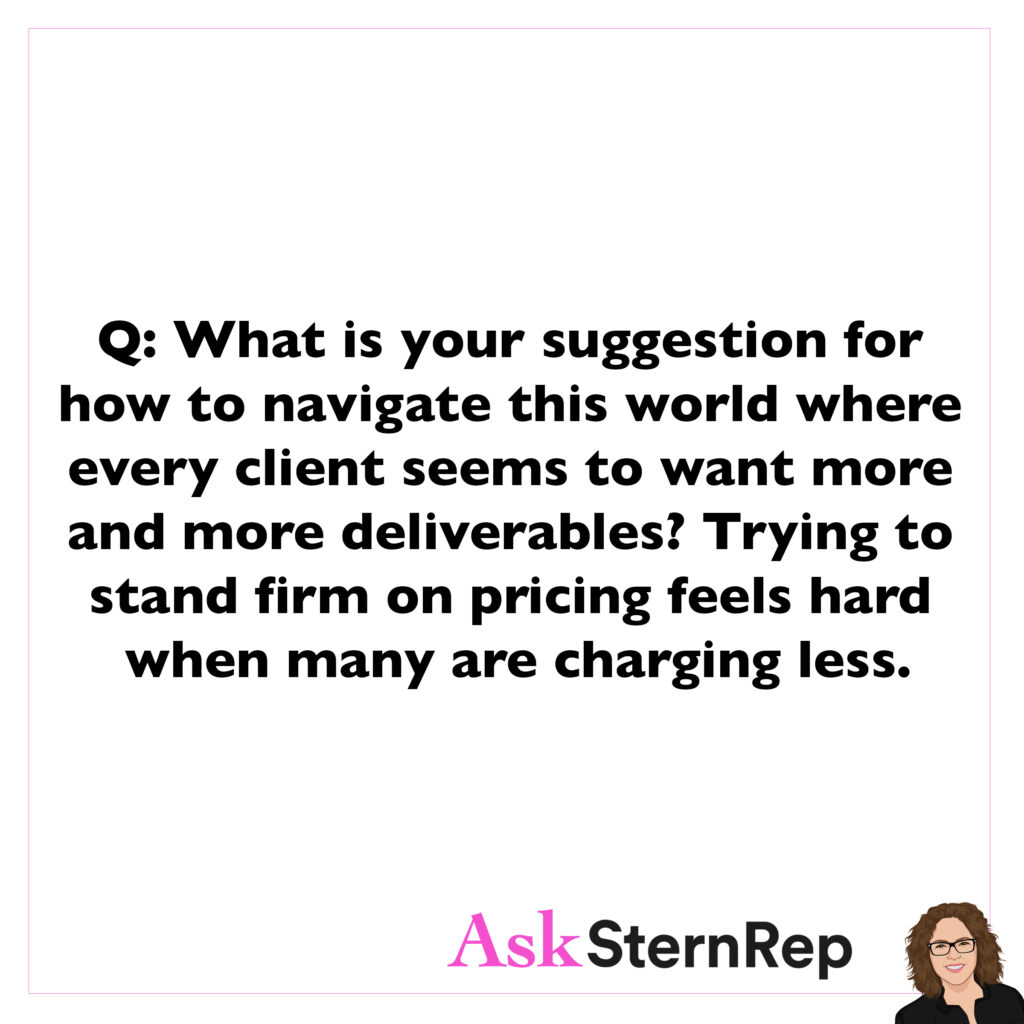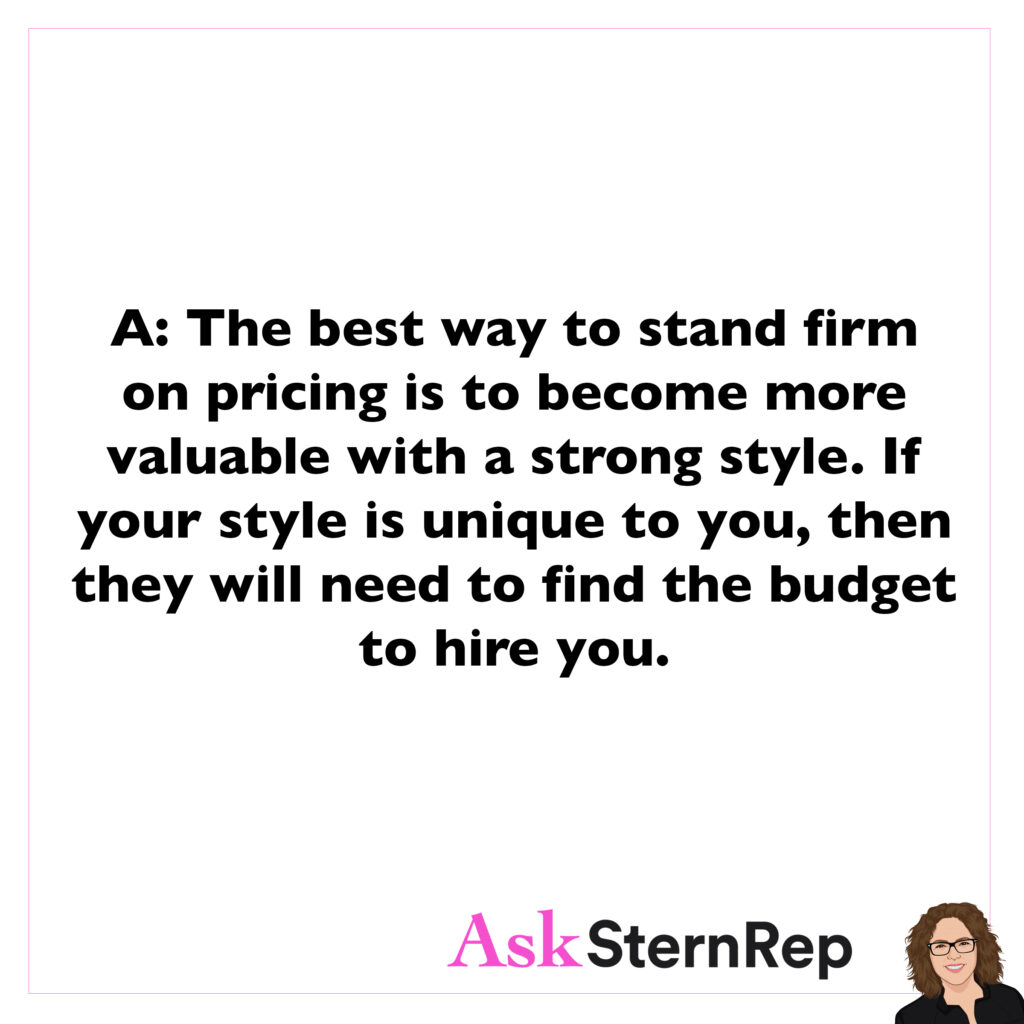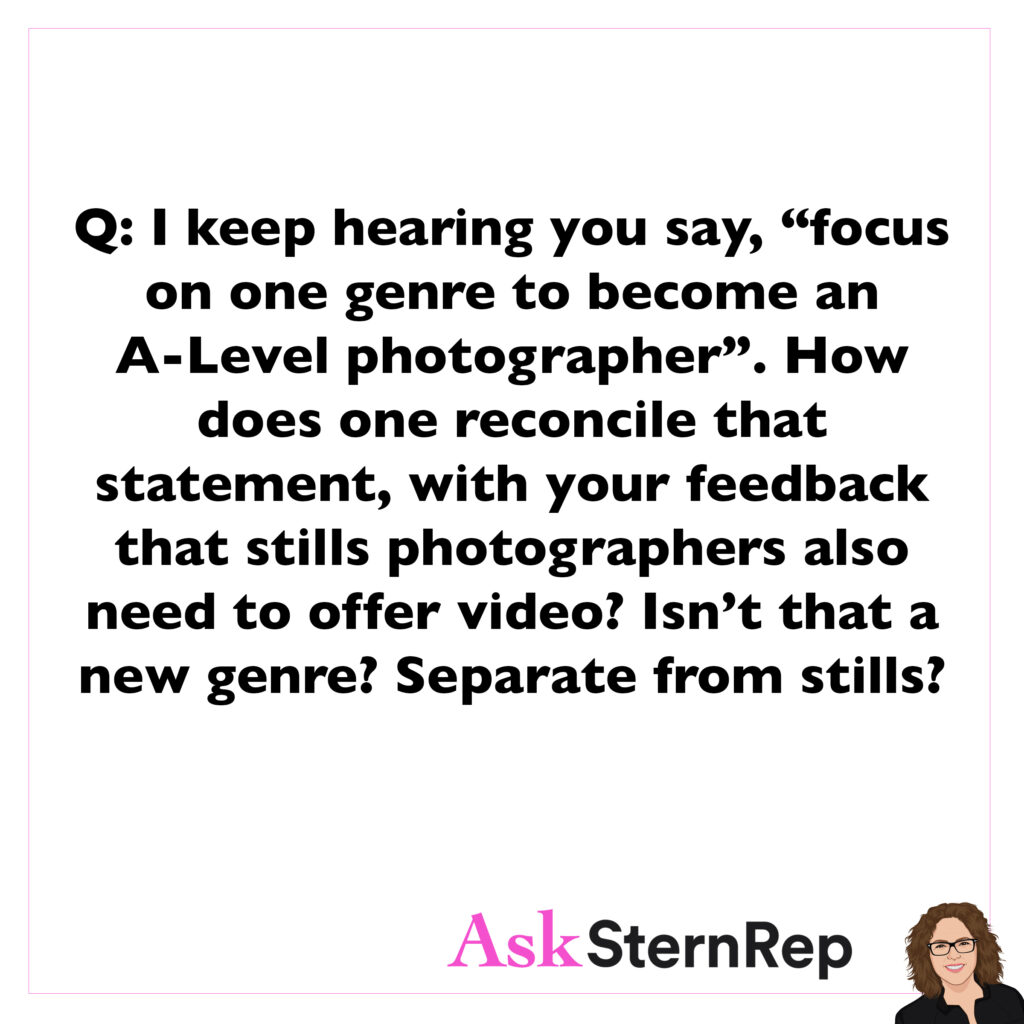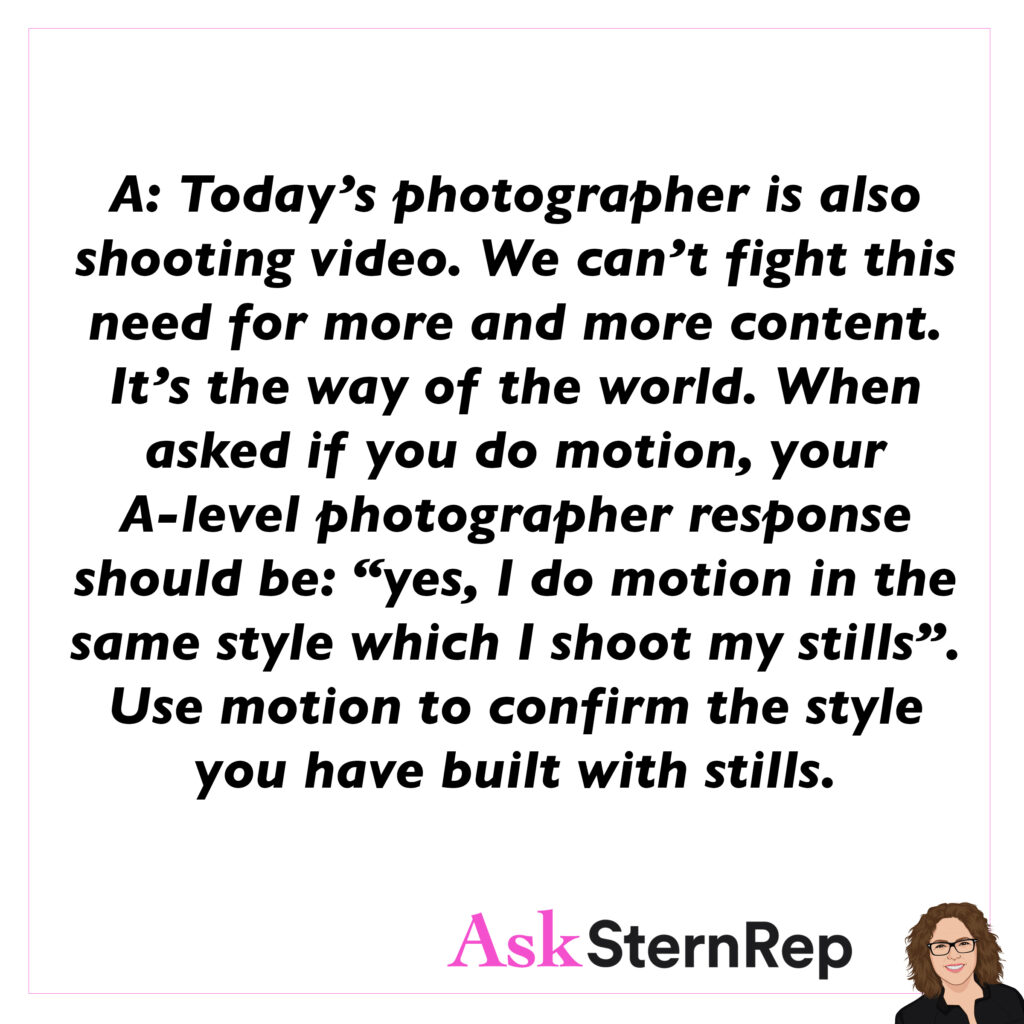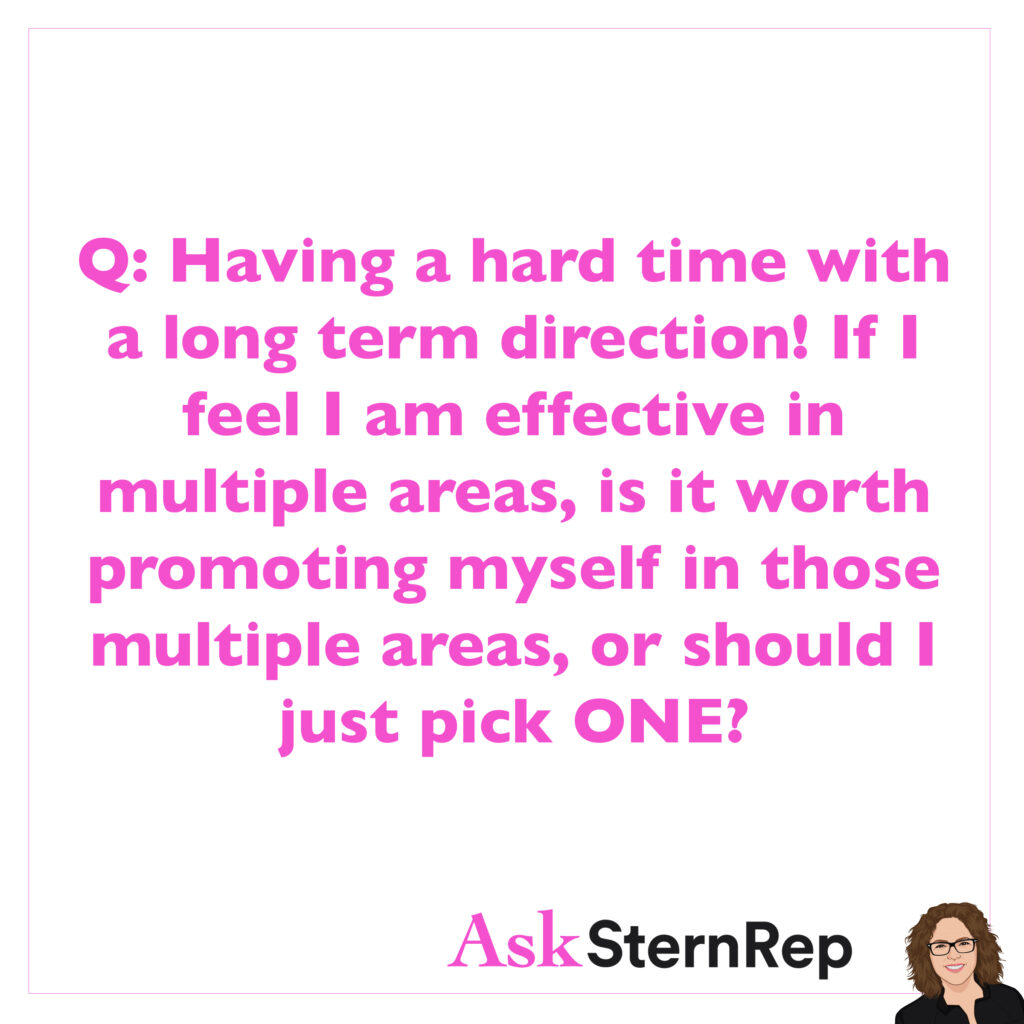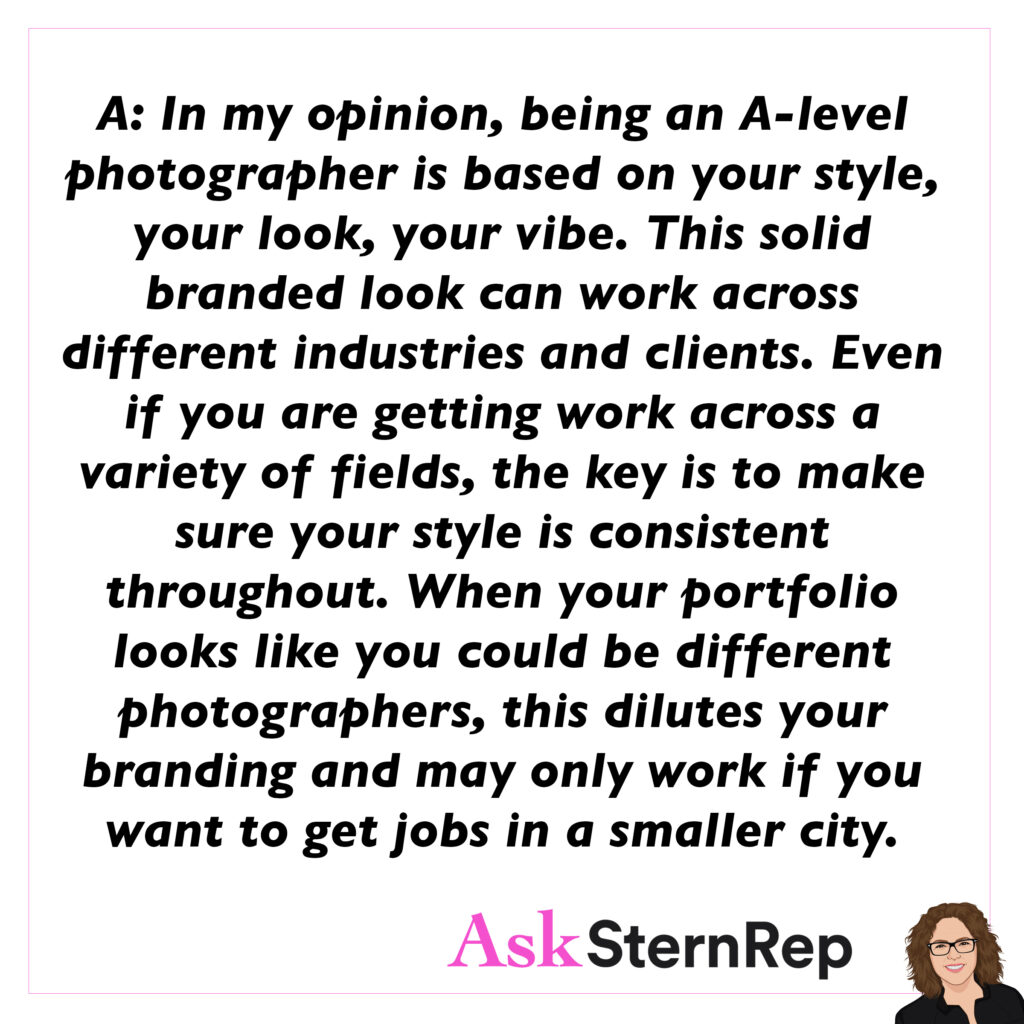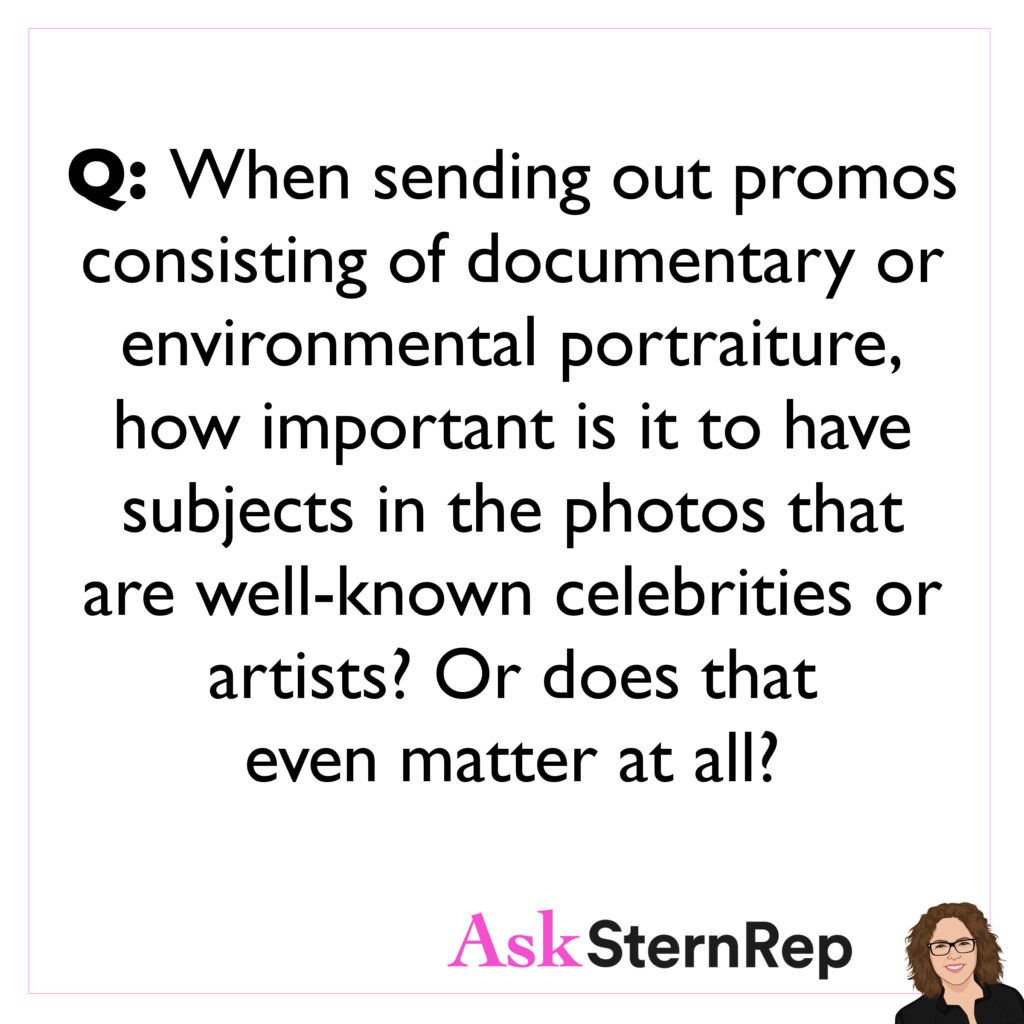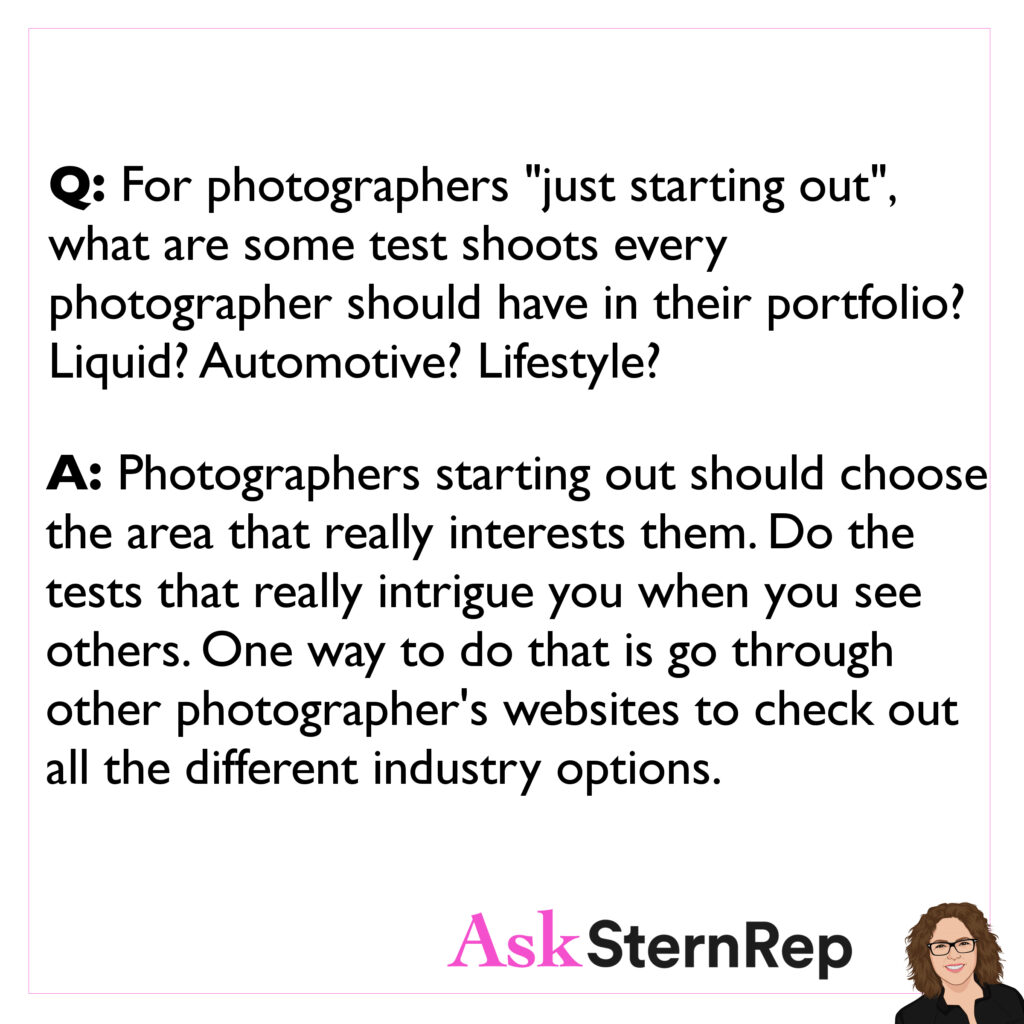
As Director of Operations at SternRep, I spend a lot of my time looking through photographers’ images.
Sometimes as I am examining someone’s body of work I find a magic spark somewhere in their portfolio. Something pops out at me. An image or series that is set apart from the rest.
Something highly marketable, different, bold, unique, and really well done. But mixed in with lots of other stuff in their portfolio.
Sometimes it’s actually about cleaning out your portfolio, of anything that does not have this magic spark. It’s about finding your spark and then expanding your portfolio based on what makes your work strong and different. It’s kind of like your own magical thread that you need to follow to be successful in the commercial market, explore more, grow, and expand.
But if the photographer can’t see or feel or want to follow it, there’s no forcing it…
Guest Post: Olivia Katz
Director of Operations, SternRep






